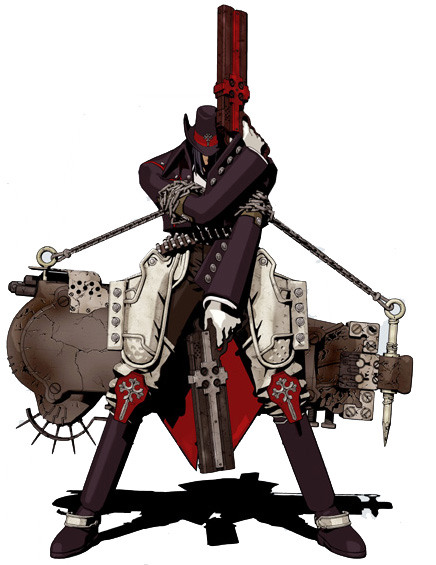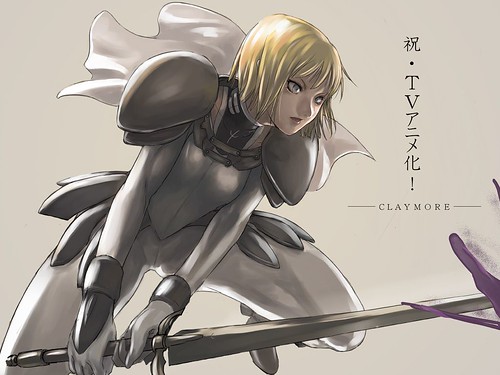QUEZON ONLINE AUCTION , An Ecommerce website based on Quezon, Province Philippines wherein the sale of goods are bid by intending buyers against one another for individual items, each of which is sold to the bidder offering the highest price.
Under the development process, we came in on a few bumps on how to handle and manage certain things considering every inch of how, when and what?!
In order to fix those and add some chronological order and justice as i may say to this project of ours. We need to depend on some methods, techniques and processes in project management.
The Gantt Chart can be very helpful to....let's say to provide us a graphical illustration of our schedule to plan, coordinate, and track specific tasks in developing Quezon Online Auction. Here's a shot of our thesis original gantt chart made from microsoft excel.
 Another great help: Add a Milestone to allow the project's management to a much more accurate and deterministic on whether or not the project is on schedule. Here is a Microsoft project version of our gantt chart with milestone.
Another great help: Add a Milestone to allow the project's management to a much more accurate and deterministic on whether or not the project is on schedule. Here is a Microsoft project version of our gantt chart with milestone.
Atleast this lessened up the pain and made our planning and scheduling better, but wait..there's more... I've come across this technique called Program Evaluation Review Technique ...making it simple as PERT, yeah lets call it PERT!! lol! anyway its bringing something with it and its a method..A method known as Critical Path Method or better as CPM..respectively this are network techniques used to aid in the planning, scheduling, monitoring and control of the activities which are related to each other. Here is another shot of our attempt of the PERTechnique and CPMethod.

 The Framework for PERT and CPM
The Framework for PERT and CPMEssentially, there are six steps which are common to both the techniques. The procedure is listed below:
1. Define the Project and all of it's significant activities or tasks. The Project (made up of several tasks) should have only a single start activity and a single finish activity.
2. Develop the relationships among the activities. Decide which activities must precede and which must follow others.
3. Draw the "Network" connecting all the activities. Each Activity should have unique event numbers. Dummy arrows are used where required to avoid giving the same numbering to two activities.
4. Assign time and/or cost estimates to each activity
5. Compute the longest time path through the network. This is called the critical path.
6. Use the Network to help plan, schedule, monitor and control the project.
Cost presentation: here is a brief chart of our expenditures throughout the planning phase to development phase of the auction website. Still have'nt reach the implementation process yet but we'll get to it pretty soon.

Now, talking bout women's curve hahaha, let's talk about this S-curve that is also a major benefit in project management. They say that the S stands for Sigmoid Curve which means a mathematical process or function that results in a S shaped curve. This S-curve is used as a means of representing the various expenditures of resources over the projected time of the project or as a means of charting the real time expenditure of resources. So right here is a preview of our predicted cost and actual cost throughout the development of Quezon Online Auction in s-curve.

Overall, all this project management techniques, methods, styles or whatever you may wanna call em' .. All of em' have been a great help to our project development process.. You can apply this all in any other projects you may think of.. so give a little light, a path, a road and a sight to your projects by using these methods.. and by god help you! lol! you'll get through it just fine c",)
Please do visit our Quezon Online Auction thanks!











